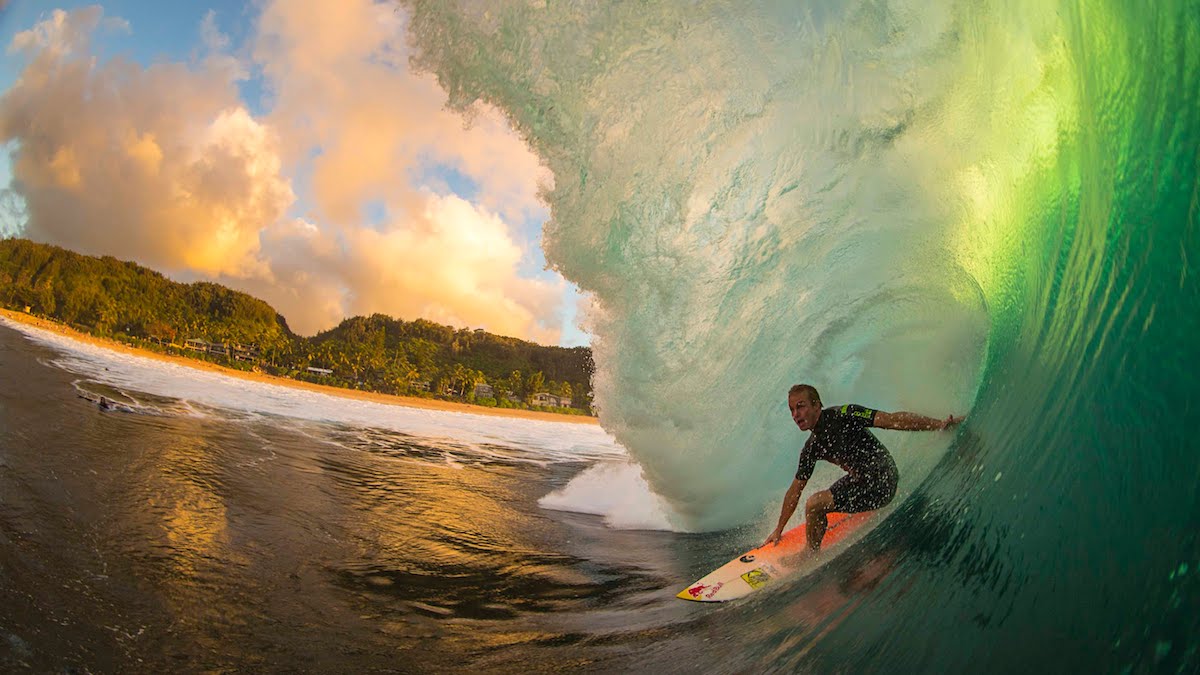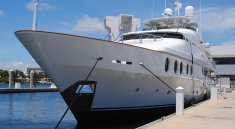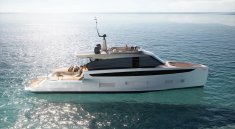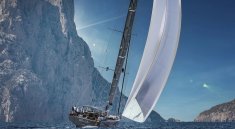It is impossible to say with certain accuracy when this sport appeared. At first, this extreme hobby was not a sport, but was perceived by others as beach entertainment.
Birth of a legend
The Hawaiian Islands are considered the birthplace of surfing, its beginning goes back to the distant past. At that time, riding the waves was the privilege of the elite, it was considered an elite entertainment. Ordinary people could only dream of such a thing. Early boards were cut from a whole piece of wood, their weight was 75 kg, the length was from 3 to 5.5 meters.
Wave riding gained real popularity in the 19th century. But it was only at the beginning of the 20th century that surfing went beyond the boundaries of the Hawaiian Islands, and Hawaiian surfers introduced it to Americans and Australians. Since that time, surfing began to develop as a sport.
In the 60s, surfing gets real recognition, ceases to be in the underground, they began to talk about it on television and in the press. A whole culture of surfing was born, which laid the foundation for the emergence of surfer organizations and the first competitions. Surf clothing and shoe brands such as Quiksilver and Rip Curl have become popular.
Types of surfboards
There are two main disciplines in this sport: shortboard and longboard. They differ in the types of riding.
A shortboard (translated as a short board) is a light board (less than two meters), designed for high-speed, twisted waves. It is quite maneuverable, allows you to do dizzying stunts with sharp turns and airs.
A longboard (translated as a long board) is a board with a rounded nose (up to three meters), it is wider and is designed for low waves and maneuvers of a completely different type. On a longboard, the style of riding is based on the transfer of the person's center of gravity relative to the board.
The most popular shortboard due to the variety of tricks.
Varieties
In addition to classic surfing, there are several more types:
Windsurfing - this is sailing on a board with a small sail. "Wind" is translated from English as wind. By changing the angle of the mast, the athlete performs maneuvers and tricks. This type of surfing is attractive because training is possible in any wind, except for a hurricane.
wakesurfing - the advantage of this type is that the wave is created from the movement of the boat. The surfer first swims after him, holding on with the help of a rope, then after acceleration he throws it and moves in the created wave.
bodyboarding - the athlete rides on the board in a supine position.
kitesurfing - this is the most unusual type of surfing. The surfer moves with the help of a huge kite.




